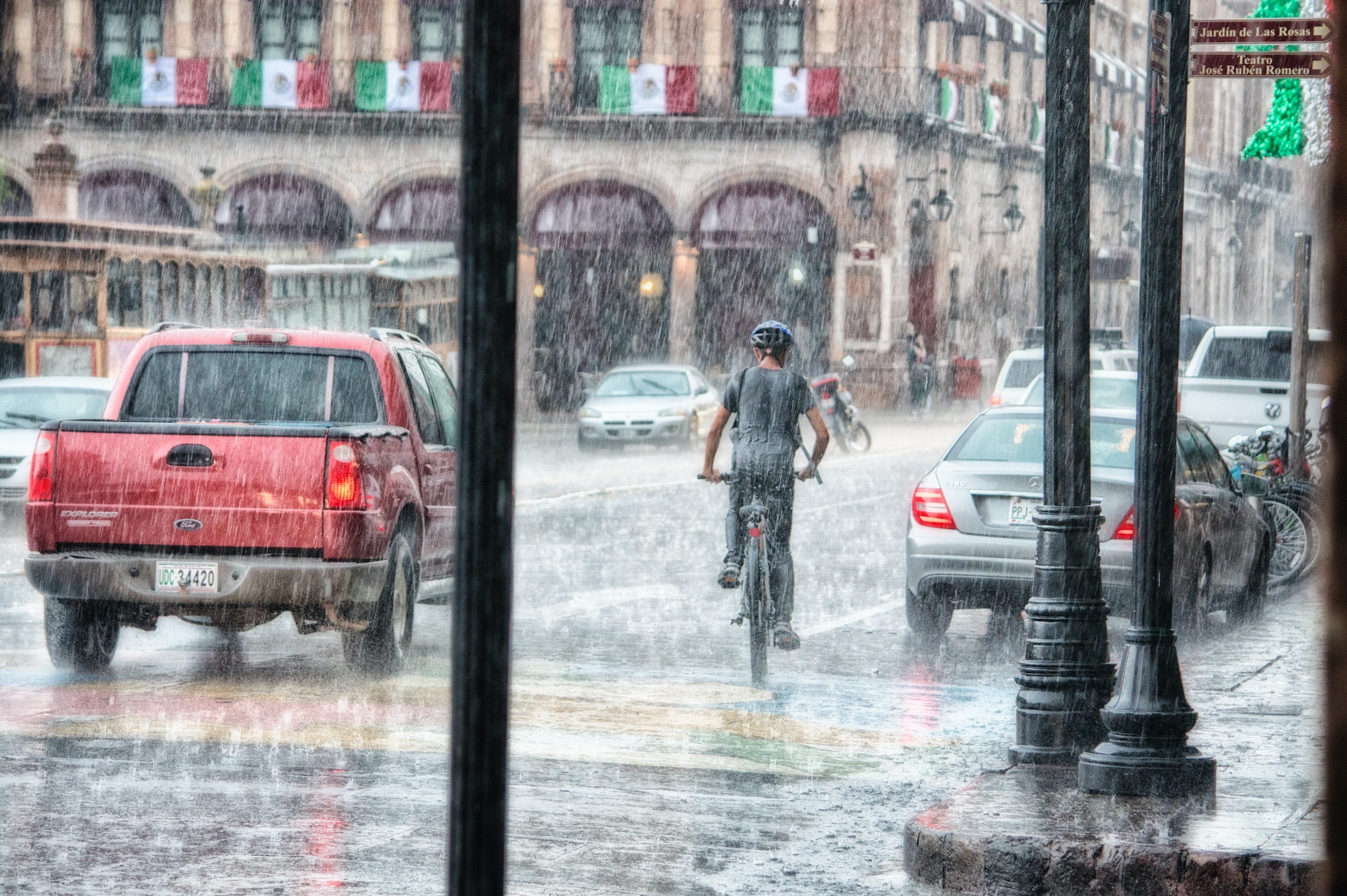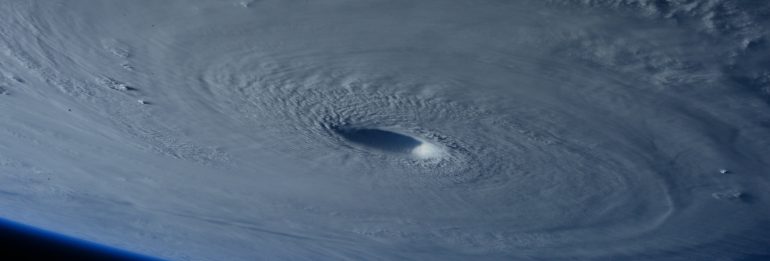PUERTO VALLARTA, MEXICO - The idyllic shores and vibrant walkways of Puerto Vallarta faced the wrath of nature when Hurricane Lidia, a formidable Category 4 storm, struck the region. The serene coastal paradise of Mexico's Pacific was transformed into a landscape of turmoil and devastation as relentless rains and fierce winds took over.
Nature’s Onslaught
On Tuesday, the United States National Hurricane Center (NHC) reported that Lidia, with its ferocious winds clocking at about 220km/h (140 mph), made its vehement presence felt near Puerto Vallarta. Their statement painted a dire picture: "Life-threatening winds and flooding rainfall spreading inland over west-central Mexico."
The severity of the storm prompted immediate action. Mexico's President, Andres Manuel Lopez Obrador, took to social media to address the nation, emphasizing the gravity of the situation and urging citizens to seek safety. "You must take refuge in safe places – stay away from low areas, streams, rivers, and hillsides," he urged.

In a bid to mitigate the crisis and provide immediate relief, the Mexican government swiftly deployed about 6,000 armed forces personnel to assist those affected. However, the devastating impact was evident: authorities in Nayarit reported the death of a man when a tree, uprooted by the storm's sheer force, collapsed on his van.
Residents Brace for the Worst
Puerto Vallarta's streets, usually alive with tourists and local merchants, saw a frantic hustle as residents prepared for the impending onslaught. Businesses hastily boarded up windows, shop owners filled sandbags from the beach to thwart potential flooding, and the airport shut its operations, signaling the gravity of the incoming threat.
Local schools suspended classes, and many businesses opted for an early close. Most residents, heeding the warning, either hunkered down at home or sought refuge in shelters set up by the authorities.
Images and reports circulating on social media portrayed a grim scenario extending even to the inland city of Guadalajara, where heavy rainfall led to fallen trees obstructing roads and swollen rivers reaching their brinks.
Unyielding Rainfall: A Flood and Mudslide Warning
The NHC forecasted an alarming 30cm (12 inches) of rainfall targeting the states of Nayarit, Sinaloa, and Jalisco. This deluge posed threats beyond just inundation. "These rains will likely produce flash and urban flooding, along with possible mudslides in areas of higher terrain near the coast," the center's bulletin read. Additionally, a dangerous storm surge was anticipated to intensify the coastal flooding, especially in areas where the hurricane's center was most prominent.
While hurricanes are a recurring phenomenon in Mexico, impacting both the Pacific and Atlantic coasts typically from May to November, Lidia's fury is a stark reminder of the devastating Patricia eight years prior. Patricia, a formidable Category 5 hurricane, had similarly besieged areas close to Puerto Vallarta, displacing thousands.
A Climate Change Wake-up Call?
With Lidia rekindling memories of past storms and even as the nation grapples with the immediate aftermath, there's a broader narrative forming in the backdrop. Scientists have persistently warned about the intensifying power of storms, attributing it to the undeniable impacts of global warming and climate change.
As Mexico embarks on a path to recovery post-Lidia and as the world watches, the incident serves as a testament to the escalating consequences of a warming planet. As the lines between anomaly and norm blur, it emphasizes the urgent need for global strategies to address and mitigate the effects of climate change.
©GlobalCO2.uk





